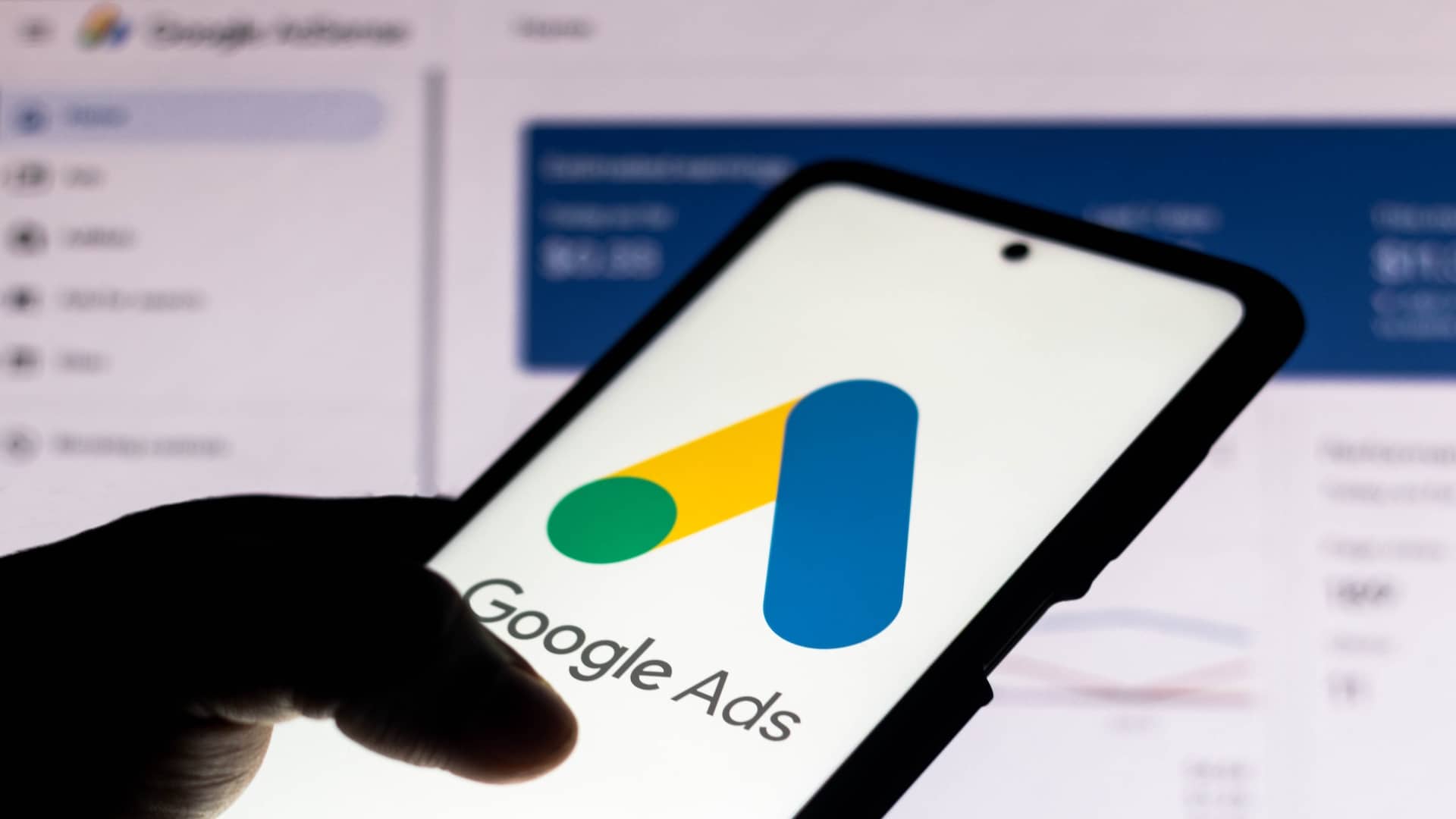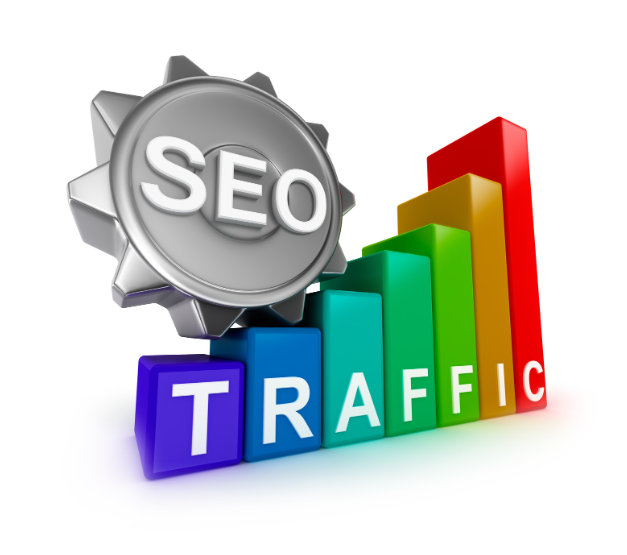Google Search Ads have become a cornerstone in the realm of digital marketing, providing businesses with a powerful tool to reach their target audience. However, the effectiveness of a Google Search Ads campaign heavily relies on avoiding common mistakes. In this blog post, we’ll delve into the pitfalls to steer clear of, ensuring your campaigns are optimized for success.
Keyword Research and Selection
A. Importance of thorough keyword research
Effective keyword research forms the backbone of any successful Google Search Ads campaign. It’s not just about selecting the most popular keywords but understanding the nuances of your audience’s search behavior.
B. Common mistakes:
- Neglecting long-tail keywords Long-tail keywords may have lower search volumes, but they often lead to higher conversion rates by targeting more specific user intent.
- Ignoring negative keywords Failing to exclude irrelevant search terms can lead to wasted ad spend. Regularly update your negative keyword list to refine targeting.
- Relying solely on broad match keywords While broad match keywords can increase visibility, they may attract irrelevant clicks. Combine them with phrase and exact match keywords for better control.
Ad Copy and Creatives
A. Crafting compelling ad copy
Your ad copy is the first interaction users have with your brand. Make it relevant, engaging, and aligned with the user’s search intent.
B. Common mistakes:
- Lack of relevance between ad copy and keywords Ensure a seamless transition from the user’s search query to your ad copy. Relevance improves click-through rates.
- Overlooking the importance of ad extensions Ad extensions provide additional information and encourage user interaction. Take advantage of site link, callout, and structured snippet extensions.
- Ignoring the use of ad testing A/B testing allows you to identify the most effective ad variations. Regularly test headlines, descriptions, and display paths to optimize performance.
Budgeting and Bidding Strategies
A. Setting realistic budgets
Effective budgeting ensures that your ads are visible without overspending. Allocate resources based on the value and performance of each keyword.
B. Common mistakes:
- Neglecting budget allocation for high-performing keywords Identify top-performing keywords and allocate a higher budget to maximize their potential.
- Ignoring bid adjustments based on device or location Adjust bids based on the device and location performance data. Mobile users may behave differently than desktop users, and location-specific trends can impact results.
- Not leveraging automated bidding options effectively Explore Google’s automated bidding options, such as Target CPA or Maximize Conversions, to enhance campaign efficiency.
Landing Page Optimization
A. Ensuring a seamless user experience
A user clicking on your ad expects a seamless transition from the ad to the landing page. Optimize your landing page to align with the ad’s promise.
B. Common mistakes:
- Mismatch between ad content and landing page Maintain consistency between your ad and landing page. Users should find what they expect without confusion.
- Slow-loading landing pages Users are impatient. Optimize images, reduce server response time, and utilize browser caching to improve page speed.
- Lack of clear call-to-action on the landing page Clearly guide users on what action to take next. Whether it’s making a purchase, filling out a form, or subscribing, the call-to-action should be prominent.
Monitoring and Analytics
A. Importance of continuous monitoring
Regular monitoring is crucial to identifying and addressing issues promptly, ensuring your campaign remains effective.
B. Common mistakes:
- Infrequent review of campaign performance Set up regular reviews of your campaign’s key metrics. Identify trends and make adjustments accordingly.
- Failing to track conversions and key metrics Track conversions and relevant key performance indicators (KPIs) to measure the success of your campaigns.
- Not leveraging Google Analytics for deeper insights Integrate Google Analytics to gain comprehensive insights into user behavior. Use this data to refine your targeting and messaging strategies.
Adapting to Changes in Google’s Algorithm
A. Staying updated on Google’s policies and algorithm changes
Google frequently updates its algorithms and policies. Staying informed is crucial to adapting your strategies accordingly.
B. Common mistakes:
- Ignoring policy updates Failure to comply with policy changes can result in ad disapproval or account suspension. Regularly review Google’s advertising policies.
- Failing to adapt strategies to algorithm changes Algorithm changes can impact ad ranking. Stay agile and adjust your strategies to maintain optimal performance.
- Overlooking the impact of seasonality on campaigns Consider how seasonality affects your industry and adjust your campaigns accordingly. Holidays, events, and trends can impact search behavior.
Takeaway
Mastering the art of Google Search Ads requires a keen eye for detail and a commitment to ongoing improvement. By avoiding these common mistakes and staying proactive in your approach, you can ensure your campaigns not only reach but resonate with your target audience.
So, there you have it – the winning combination of Google Search Ads and Web Boost Online. Embrace success with confidence, knowing you’ve chosen the best in the business for your online journey.











